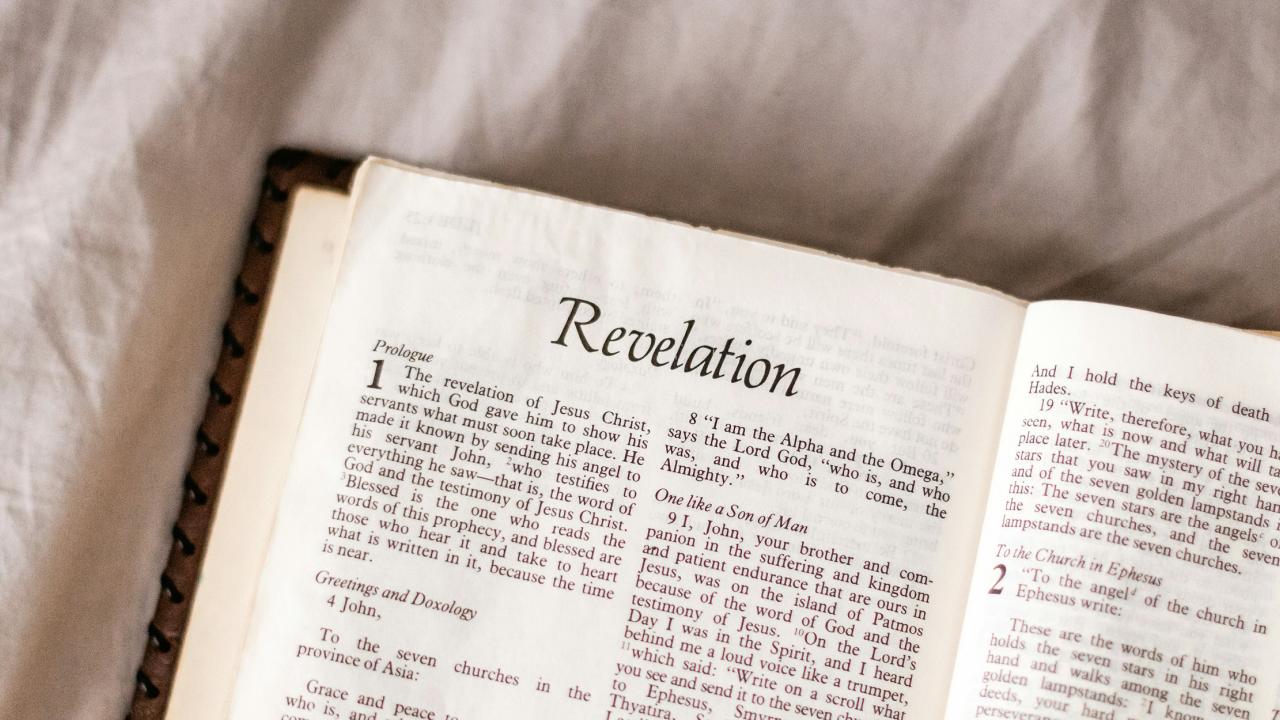We can use language to open the door to true worship by the grace of God, but he makes that worship true in every heart, not us. Repetition can be the tool needed on a particular Sunday to hammer through the walls of hardened hearts or it can be the means by which worship rises to a climactic crescendo of praise. We labor in the fields, but God brings about the harvest.
When I tutored writing at the US Naval Academy, students would sometimes tell me they were worried about repetition in their writing as a way to explain why they had replaced a perfectly clear and precise word with one dredged up from the depths of the thesaurus. The point I would usually make in such sessions was that redundancy, not repetition, is the enemy of good writing. What is the difference? Redundancy is to remain in the same argumentative spot longer than necessary, repeating ideas without significant growth or variation. All redundancy involves some repetition; however, not all repetition leads to redundancy. Repeating key words or phrases in new contexts can allow you to advance an essay’s argument with clarity.
All this is preamble and provides what might be an analogous situation when thinking about the use of spoken refrains in worship liturgy. Refrains by their very nature involve repetition; so how do we ensure that the repetition is artful and can enrich and advance the worship experience rather than lead to the sluggish redundancy of meaninglessly repeated words?
I remember driving home from church as a young person and listening to my parents discuss their frustrations with modern worship, especially songs that incorporated repeated refrains. “Come, now is the time to worship” was a song my dad found particularly irritating. I remember him quoting Matthew 6:7 “And when you pray, do not keep on babbling like the pagans, for they think they will be heard because of their many words.” My parents were very concerned that worship be sincere, and they probably had no idea that their criticism would stick in my mind and remain a litmus test for me as I try to write and assemble worship that does not merely babble, but draws the heart near to the God who draws near to us.
So, I try not to repeat for the sake of filling up empty space, but there can be no doubt that there have been spoken refrains used in meaningful worship that date back centuries and some which are pulled straight from scripture. Consider the following:
“Our help is in the name of the Lord…”
“Christ have mercy…”
“Lord hear our prayer…”
“How long, O Lord?”
“His love endures forever.”
“Rejoice in the Lord always…”
Each of these refrains when used in worship walks the line between redundant overfamiliarity and liturgical meditation. On the one hand you have the possibility that their use will allow people to slip into patterns of worship that engage merely the mouth and no deeper. On the other hand you have the possibility that the familiar and oft used refrains will bind the worshiper together with other saints through time and place and deepen their own understanding of their worship because repetition allows mental space to contemplate.
What can be done by the worship planner to avoid the former, and promote the latter? First I must remind us (and by “us” I’m mostly speaking to myself) of an important truth to remain humble and in the best posture for worship planning: We can use language to open the door to true worship by the grace of God, but he makes that worship true in every heart, not us. Repetition can be the tool needed on a particular Sunday to hammer through the walls of hardened hearts or it can be the means by which worship rises to a climactic crescendo of praise. We labor in the fields, but God brings about the harvest.
That being said, I do think one of the best ways to keep refrains fresh is to explore variations in context. By this I mean, explore the syntactical and thematic variations possible with any given refrain. To illustrate I’ll consider how the refrains “I lift my eyes up” and “where does my help come from?” could be used in a litany, progressing from one familiar context into an unfamiliar but thematically linked context:
I Lift My Eyes Up
I lift my eyes up from the ground:
Where does my help come from?
The stones do not cry out.
I lift my eyes up to the hills:
Where does my help come from?
The hills are silent.
I lift my eyes up and see the cross:
Where does my help come from?
The cross is empty.
I lift my eyes up into the tomb:
Where does my help come from?
He is not here.
I lift my eyes up, hearing my name:
Where does my help come from?
My help comes from you: Rabboni, Savior, Lord.
—Bethany Besteman, 2022 © Creative Commons Attribution-NonCommercial-ShareAlike.
In this litany we progress through the images of lifting eyes first up from the ground then to the hills and finally to the cross: all upward. Then we lift our eyes into the tomb and finally into the eyes of our savior. So there is a physical progression that moves the worshippers along. Then also there is a thematic progression. The allusion to stones crying out situates the worshiper in the gospels and specifically Palm Sunday, which is juxtaposed by language taken from the psalms, a psalm that corrected the worshippers’ impulse to look to created things for help rather than the creator. The cross progresses us to Good Friday, reminding the worshiper that the death of Jesus is incomplete to save without the resurrection and empty tomb. The final iteration places the worshiper specifically in the shoes of Mary Magdalene, seeing Jesus on the first Resurrection Sunday. Thus, this litany joins the Psalmist’s desire to direct his worship at the true God, to the gospel revelation of that true God in Jesus. And all this was accomplished by joining variation with repetition.
This practice can be formalized by writing liturgical poetry in forms that use refrains. The villanelle is an excellent form for this practice. It uses two rhyming refrains that alternate as the ending lines to five tercets (a stanza of three lines) and together those refrains end the poem’s last stanza which is a quatrain (four lines). A well known example of this form is “Do not go gentle into that good night” by Dylan Thomas.
Here is an example of a liturgical villanelle I wrote to take the place of the Great Prayer of Thanksgiving the Sunday my son was baptized.
Prayer of Thanksgiving
It is right for us to give thanks and praise
when water drips on an infant’s head;
when wine is poured with broken bread,
our hearts we lift up and our voices raise
As we consider the mysterious ways
through which the Spirit’s power is spread,
it is right for us to give thanks, and praise
our God who incarnately inlays
spiritual life in water and in bread.
Our hearts we lift up and our voices raise
as one because we are united this day
in covenant grace: cleansed and fed.
It is right for us to give thanks and praise
and obedience in response to this amazing
love. Joyful hope replaces sinful dread—
our hearts we lift up and our voices raise.
As ordinary elements with glory blaze
and God to his broken church is wed,
our hearts we lift up and our voices raise
because it is right for us to give thanks and praise.
—Bethany Besteman, 2022 © Creative Commons Attribution-NonCommercial-ShareAlike.
As you can see, villanelles work well for liturgy as they have repeating refrains that can be spoken by the whole congregation and other lines that can be read by the liturgist.
Whether or not you enjoy writing poetry or employing it in your worship liturgy, you can still craft litanies that marry variation with repetition. When language begins to feel stale, challenge yourself to lean into that language rather than leaning away from it. Explore how changing context—whether that is the surrounding language or the place in the service—can reveal the richness of the familiar. And once you’ve done your work, step aside and let the Holy Spirit do the rest.



